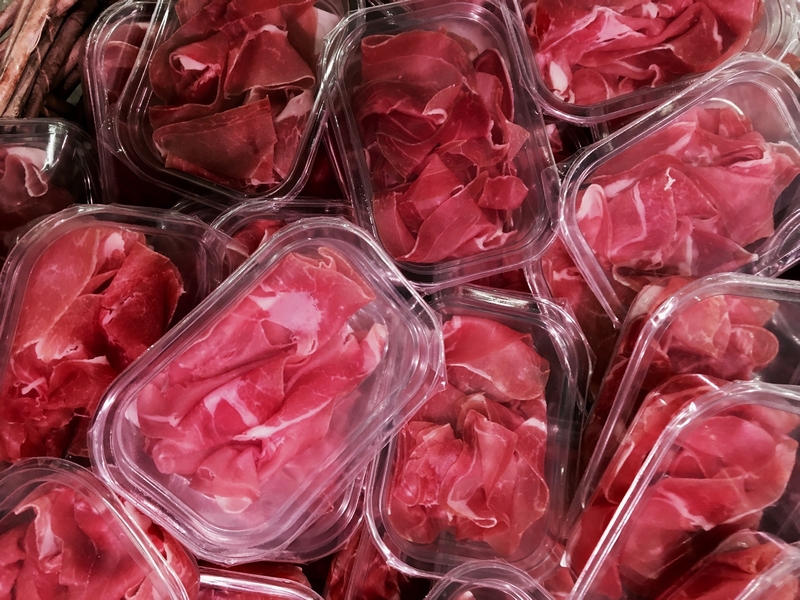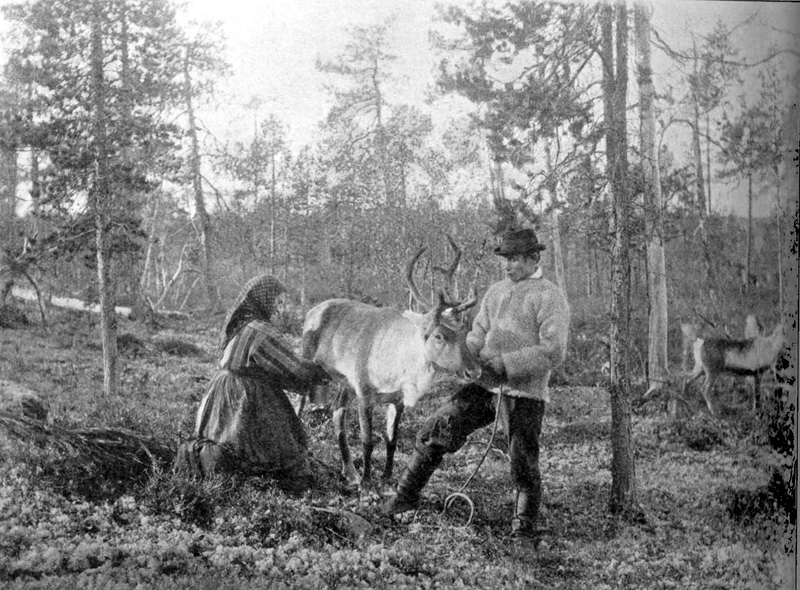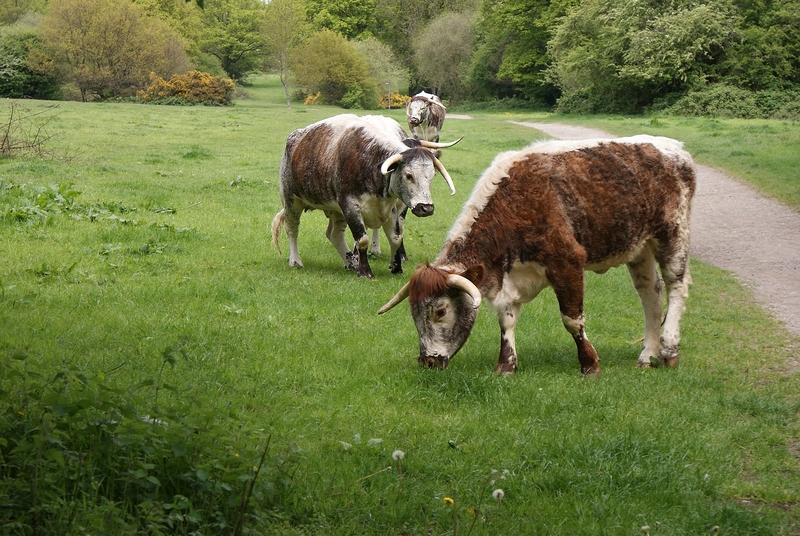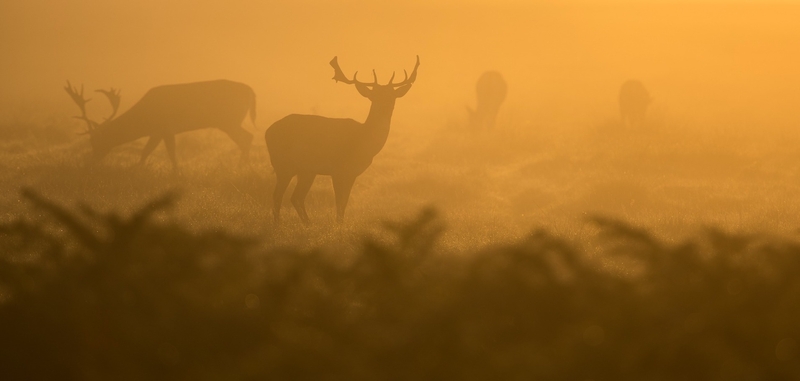Carnal Relations:
Pathogens, Provender and Embodied Co-presence
By Kate Rigby

It was never a question of if, but only when.
For over two decades, virologists have been anticipating the emergence of a new disease that would be at once highly contagious and potentially lethal. In the chapter on “Spreading Pestilence” in Dancing with Disaster: Environmental Histories, Narratives and Ethics for Perilous Times, which explores the entanglement of human and nonhuman actants in the emergence and proliferation of pathogens, I put forward a multispecies approach to reducing the risk of future pandemics. This entails attending to the socio-ecological patterns of human-animal interrelationship that allow pathogens to cross and mutate between species (“zoonosis”). This process accelerated in some parts of the world with the development of forms of farming involving animal husbandry in the wake of the last Glacial Maximum, engendering diseases such as mumps, measles, smallpox, influenza A, and tuberculosis, which later devastated indigenous populations in other parts of the world when brought to their shores by European colonisers. To bring a multispecies perspective to disease mitigation, moreover, is to raise ethico-political questions concerning not only the social inequities that make some sectors of the human population more vulnerable to new diseases, but also the human mistreatment of other living beings and their biomes.
This is, for example, how Thom van Dooren approaches COVID-19, namely as an anthropogenic disaster that calls us to “consider our relationships with other animal species, what we owe to them, and the world that is being ushered in by our widespread failure to devise ways of living well in this broader community of life” (“Pangolins and Pandemics: The Real Source of this Crisis is Human, Not Animal”; see also “Shaking the Viral Tree: An Interview with David Quammen”).
Among the many instances of dangerously dysfunctional human relations with others, especially those treated as food, to which van Dooren refers here, is the obscene practice (now banned) of feeding mushed up bits of sheep and cattle to cattle, effectively turning herbivores into cannibals, which led to the emergence of Jakob-Creutzfeld (“mad cow”) disease in the UK in the 1990s. To this, I would add the growth of antibiotic resistant bacteria arising from the practice of dosing intensively farmed livestock with antibiotics to prevent infections and promote growth. Whilst effluent from factory farms and slaughterhouses introduces antibiotic resistant biota into free-living animal populations and the wider food chain, human gut bacteria, our “tiny messmates” as Donna Haraway endearingly dubs them (When Species Meet, 4), are under threat from various other quarters as well: in particular an overly-processed diet high in carbohydrates and low in fibre for those in industrialised nations, along with the traces of agro-chemicals, especially glyphosate-based herbicides, ingested with our daily bread. In view of the crucial role of gut bacteria in educating the immune system, the diminution of our own bodily biodiversity, the counterpart and perhaps even corollary of global species decline, may well be increasing our vulnerability to pathogens, as well as contributing to the growth of auto-immune disorders.
As we highlight in our open letter, then, the current pandemic raises pressing questions about our carnal relations with other critters: those whose biome is the body that we take to be our own, along with those whom (both animal and vegetal) we take into these multispecies guts of ours as food. Reconsidering what we eat, including how it is produced, traded, and conveyed to our plates, also promises to mitigate that other major risk factor for countless multispecies collectives worldwide: namely, global heating and the associated climate crisis. Addressing the latter invites reconsideration of other aspects of our daily lives as well: in particular, how we get around and over what distances (and, in view of the appalling impact of the fashion industry, also what we wear; although I will have to leave that question for another occasion). For some, the answer to these questions is clear-cut: adopt a vegetarian, or preferably vegan diet, and avoid fossil-fuelled transportation at all costs (which, for the moment, entails a ban on air-travel). In this short essay, I propose to complicate these clear-cut answers, whilst nonetheless paying my respects to those who feel that they are in a position to abide by them (especially if they actually manage to do so).

The first complication is straightforwardly ecological. Whilst it is clear from the research cited in our open letter that restricting global heating to 1.5 degrees Celsius will require a significant reduction in meat and dairy consumption worldwide (and a drastic reduction in those countries with particularly high consumption of these foods), consideration also needs to be given to the impacts of packaging and transportation, along with regional agro-ecological differences.
A 2018 study by J. Poore and T. Nemecek at the University of Oxford, which assessed the greenhouse gas (GHG) emissions, together with the amount of land and fresh water used, across all stages of production (excluding cooking), found that, depending on where it had come from and how it was produced, a portion of chocolate could have double the climate-altering impact of a serving of beef. Their study also revealed significant discrepancies between the impacts of beef production in different parts of the world, with European beef responsible for c. 66% lower GHG emissions, and requiring c. 50% less water and 80% less land than that produced in Latin America. Moreover, it is important to recall (as did Deane Curtin in her ecofeminist case for “contextual moral vegetarianism” in her 1991 article “Toward an Ecological Ethic of Care”) that the primary substitutes for animal protein in the human diet, nuts and legumes, can either not be grown at all, or not sustainably and in large quantities, in some regions of the world (as can be glimpsed from the U.S. Geological Survey’s interactive map of global croplands). It is no coincidence, for example, that the traditional diet of Australia’s First Nations, rich though it was in a huge array of plant-based foods, some of which are now being cultivated anew in the face of accelerating climatic changes, was also high in animal protein, especially across the continent’s vast sandy deserts and semi-arid grasslands. Similarly, you will look in vain for a history of vegetarianism among the peoples of North Africa, the Middle East, and the Arctic Circle.

In fertile temperate regions like the U.K., by contrast, a shift towards a more plant-based diet is both feasible and desirable. Even here, though, low-intensity livestock grazing is crucial for biodiversity conservation on grassland, heathland, wood pasture, meadows, floodplain and coastal marshes, with sheep, cattle, and horses all grazing in distinct ways, which are each beneficial for particular places at particular times of the year. While England’s uplands have been suffering from overgrazing, many lowland regions are at risk from under-grazing: in both cases, the underlying driver is the intensification of agricultural production, leading to over-stocking in some areas, and a shift to arable farming in others (see, for example, the report “The Importance of Livestock Grazing for Biodiversity Conservation” as well as the PSAs “Types of Grazing Animals” and “Eating Biodiversity”). Nonetheless, modelling by Friends of the Earth indicates that by halving farmed meat consumption, tree cover could be doubled across the U.K. (Craig Bennett, “The Future is in our lands”, University of Bath November 6, 2019). In the absence of wolves, the management of these regenerating woodlands would nonetheless necessitate the control of deer numbers, suggesting that in place of beef and lamb, it would be ecologically appropriate for British omnivores to supplement their legumes with more frequent portions of venison.

This brings me to the second complication, which is of a more philosophical and ultimately ecospiritual kind. Even were it possible to package and transport protein-rich plants across the world without having to rely upon fossil-fuelled global trade arrangements, there is another reason for favouring a diet that is responsive, if not necessarily restricted, to what your local environs provide and afford. In Kate Grenville’s 2005 novel The Secret River, which traces the escalation of colonial violence in the British colony of New South Wales to the beginnings of European-style farming along the Hawkesbury River, the narrator observes of the central character that “The forest had never revealed dinner to Thornhill” (142). Thornhill’s arrogant refusal to learn from the people whose land he has appropriated how to cultivate, cherish and relish local indigenous plants and animals, whilst not universal, was symptomatic of the Anglo-Celtic settler culture in Australia, contributing to what Freya Mathews (1994) has identified as a flattened, two-dimensional view of the colonial earth, as either “scenery” or “resource”). This duality exemplifies a wider tendency within modern Western culture to oppose “respect” and “use”: thus, one mountain, which we respect as “wilderness,” gets cordoned off and protected, whilst another gets its top blasted off in order to exploit its “natural resources.” As Val Plumwood has observed, a respect-use dualism also lurks in some (but by no means all) arguments for vegetarianism, with animals, being sentient (like us), deserving to be left alone, whilst plants are fair game (155). This is profoundly at odds with many indigenous peoples’ understandings of plants and animals as fellow denizens of what in Aboriginal English is called “Country”: an animate, communicative multispecies collective that “grows you up,” as Bill Neidjie put it (Story about Feeling (166), forming, nourishing, and sustaining you, flesh of your flesh and bone of your bone (see also Bawaka Country et al, “Co-becoming Bawaka: Towards a relational understanding of place/space”).
The material ecospiritual viewpoint that I am advancing here, not unlike Val Plumwood’s “philosophical animism,” is inspired by this understanding of Country as a vital matrix of interrelationships, both moral and material, that shapes those places with which you co-become, not least through partaking, mindfully, of their provender. The key question from this perspective is not whether or not you eat meat and dairy, per se, but how and where (and at what cost to whom, human and otherwise) your food is produced, packaged and transported, and whether the foodstuffs that comprise the most vital source of your nourishment come from your cherished and relished local environs. For the contextual moral flexitarian, it is crucial that the critters you consume have had a chance to enjoy their existence, and experience minimal suffering at the end: an objective that is being energetically pursued by organisations such as Compassion in World Farming. Ethical dairy farms, for example, enable older cows toact as wet-nurses to male calves, who are thereby able to grow up to the age most beef cattle are slaughtered, with their meat subsequently sold as “rose veal” or “dairy beef.” Sustainable hunting and fishing of free-living animals, if killed skilfully and swiftly, can afford further opportunities for compassionate carnivory; and, as in the case of deer, or with respect to ecologically damaging invasive species, hunting can also be beneficial for biodiversity conservation. And then there is always roadkill.

This material ecospiritual perspective has implications for the question of travel as well. If matter matters, including the matter of our own trans-corporeal multispecies bodies, then we should acknowledge that the richness of those exchanges that transpire when people are physically co-present to one another in a shared space cannot be replicated via the biosemiotically impoverished means of communication enabled, however wondrously, via the internet. Again, this is not to dispute that those of us who have grown accustomed to high levels of fossil-fuelled mobility do not need to drive and fly less. But if we are never able to physically meet with our colleagues and loved ones who dwell in distant parts, it would be an appalling loss (as I have realised all the more powerfully during these recent months in the “virtual classroom”).
Revaluing our carnal relations with one another, and other others, in the face of the current pandemic therefore confronts us with choices which are by no means clear-cut, necessitating a process of ecological and ethical discernment that recognises one size, indeed, does not fit all.
Print Reference: Mathews, F. 1994. “Terra Incognita: Carnal Legacies” in Laurie Cosgrove et al, (eds), Restoring the Land (Carlton: Melbourne University Press), pp. 37-46.

